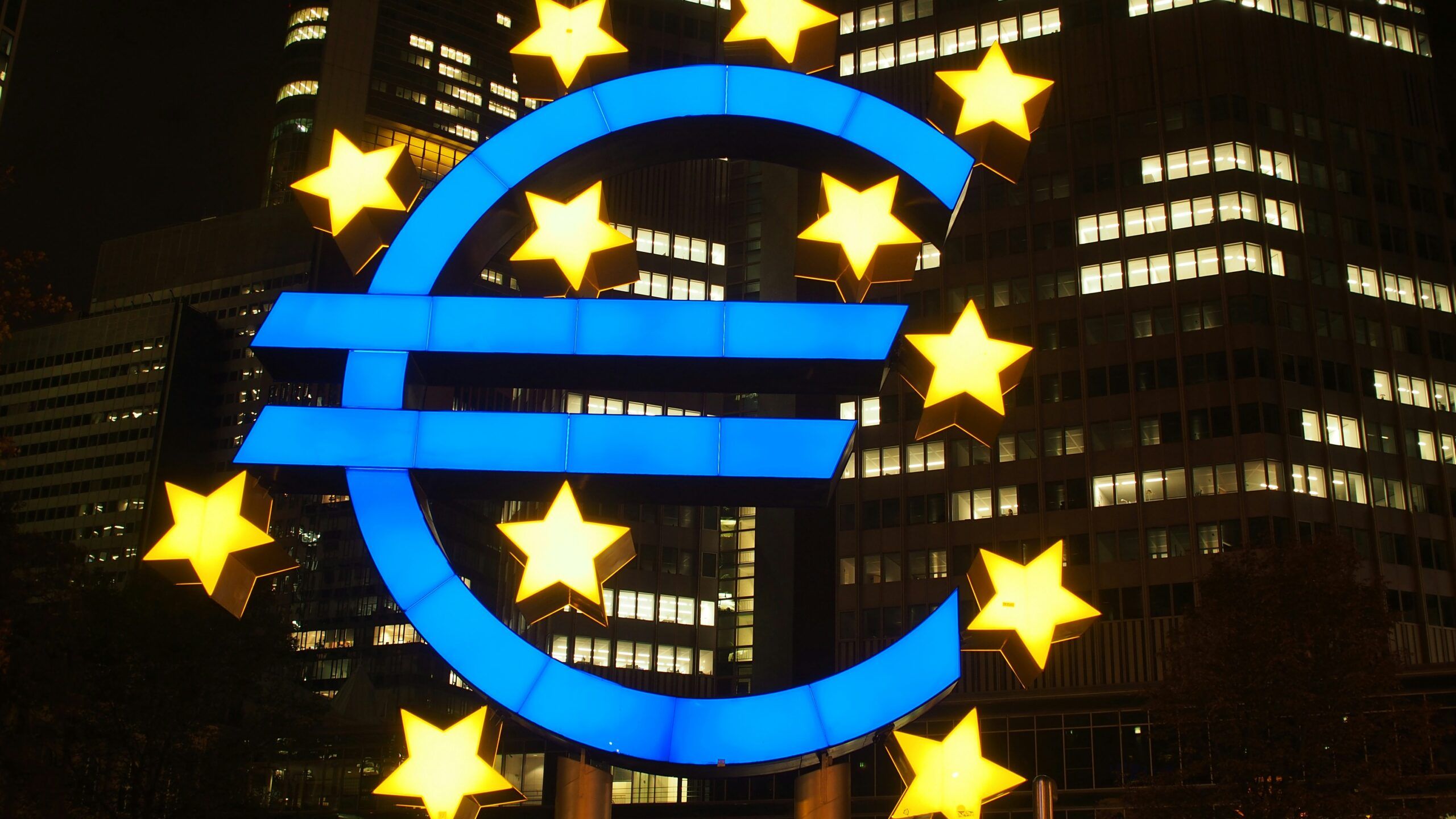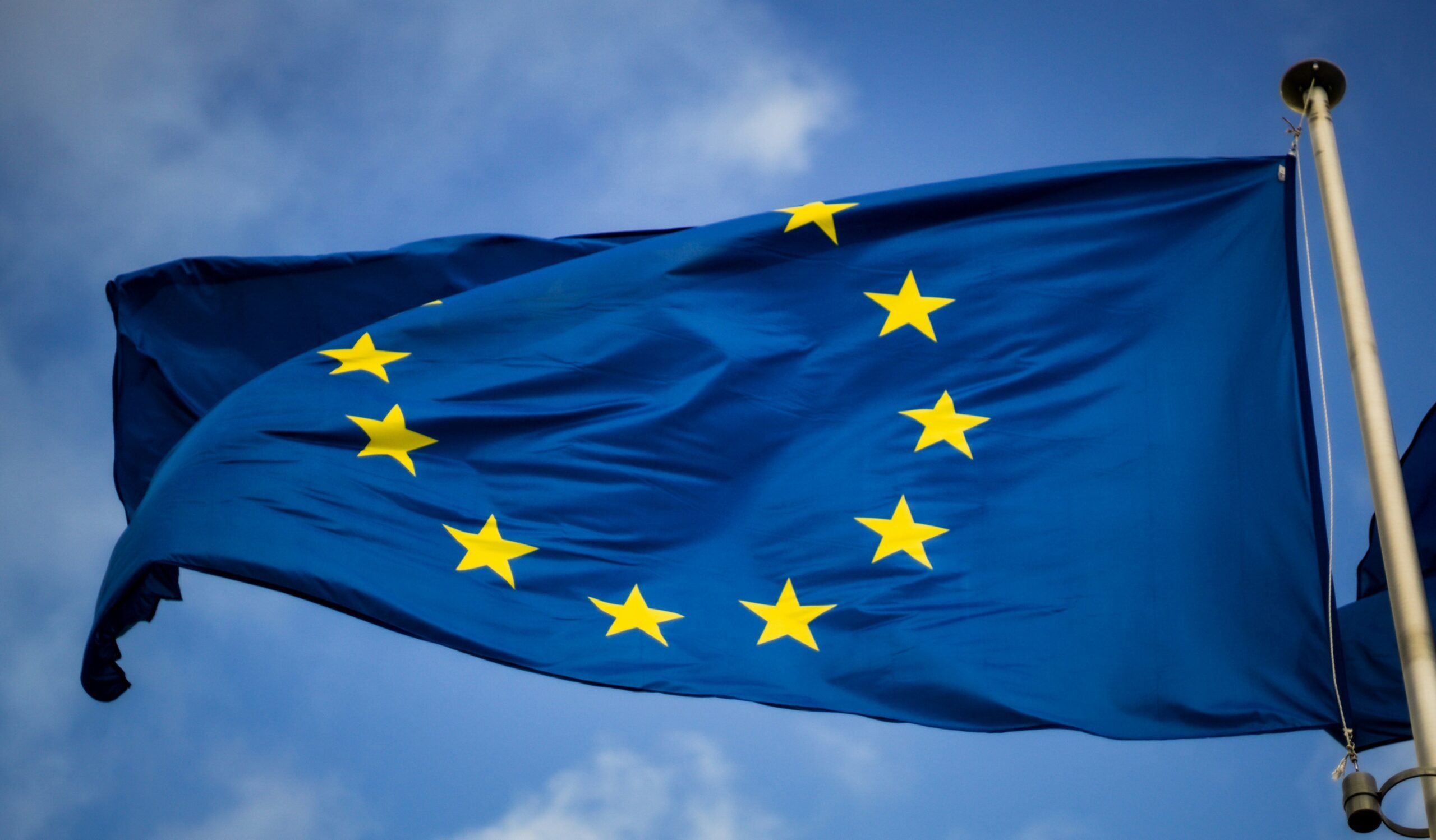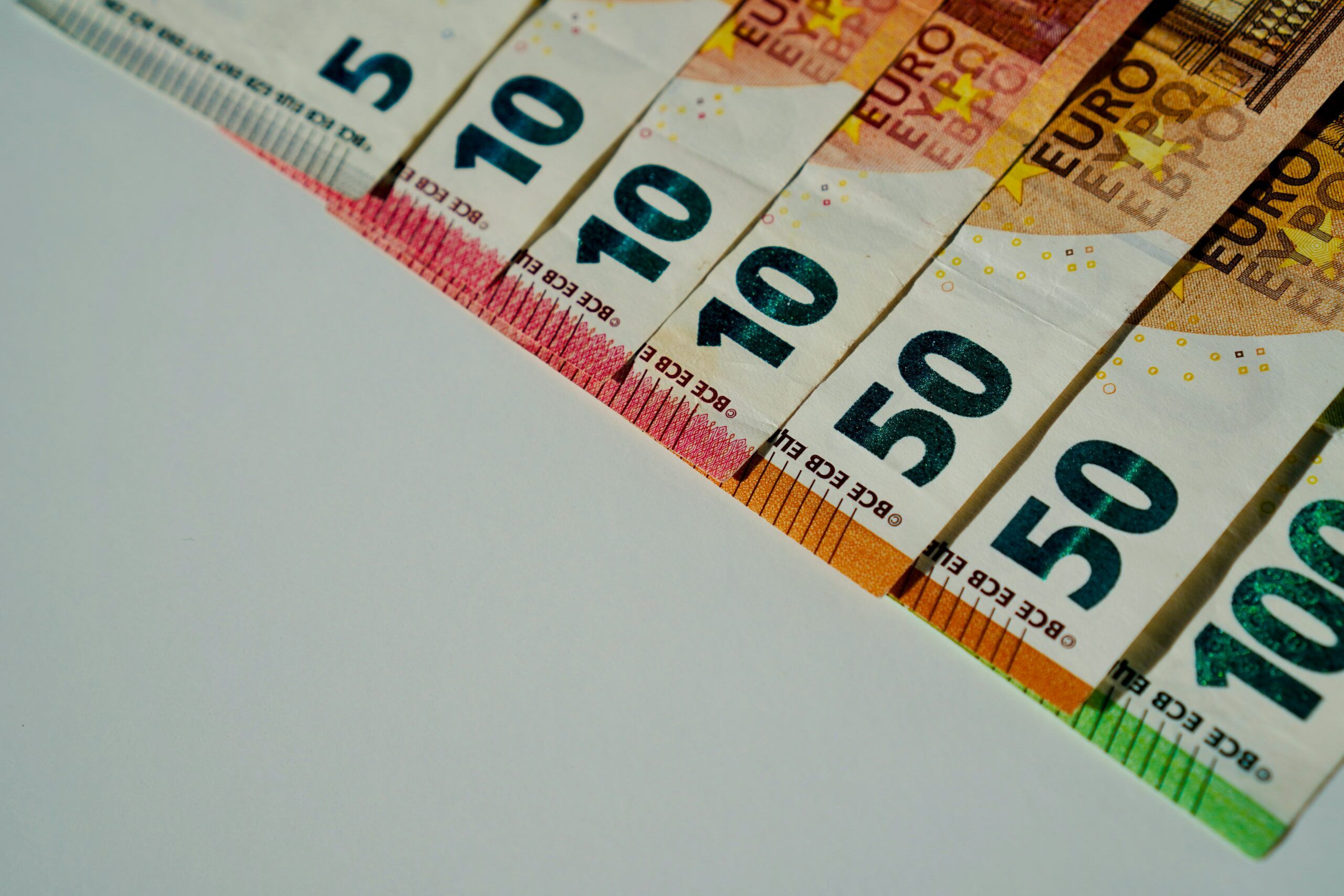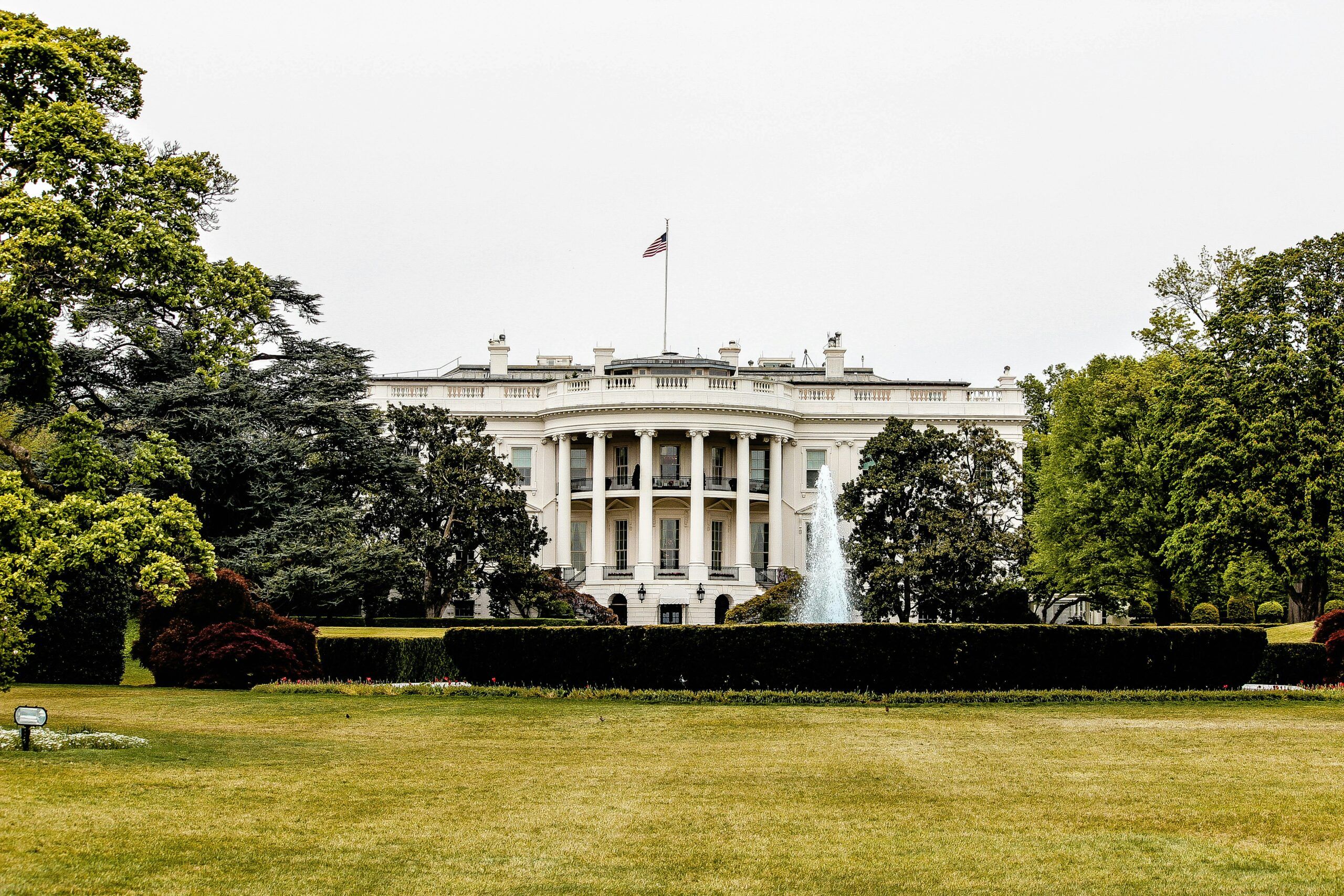The European Central Bank Cuts Interest Rates
Today the ECB (European Central Bank) for the eighth time in a year cut interest rates by 25 basis points leaving the deposit rate standing at 2%. The governing council were unanimous in their decision to cut three key interest rates with the President of the ECB Christine Lagarde saying that following the eighth reduction the ECB is coming to the end of the line with regard to interest rate reductions and their monetary policy cycle. The President told reporters “At the current level of interest rates, we believe that we are in a good position to navigate the uncertain conditions that will be coming up”.
Officials from the ECB describe inflation as “currently around” the 2% target. New quarterly projections issued by the ECB show inflation in 2026 at 1.6% which is below the current target, with the economy expected to expand by 1.1% in the same year. In another statement issued by the ECB it was said that trade uncertainty is likely to weigh on business investment and exports, however growth will be boosted later by government investment in infrastructure and defence.
President Lagarde also referred to growth skewed to the downside but was cheered by the fact that easier financing, a strong labour market and rising incomes should help firms and consumers withstand the fallout from a global environment suffering from severe volatility. She went on to say that despite a stronger euro weighing on inflation in the near term and decreasing emerging costs, inflation is expected to return to target in 2027.
There is of course the continuing problem of the Trump2 Presidency and tariffs. Currently most European exports are facing tariffs of 10% (except steel and aluminium which now has a global tariff of 50% except the United Kingdom who are paying 25%), however levies will rise to 50% should trade negotiations between the European Union and the United States remain deadlocked and no agreement is reached by July 9th 2025. However, the German Chancellor Friedrich Merz will shortly be meeting with President Trump and one of the main topics if not THE main topic will be trade, and Europe will hope something positive will come from this meeting.
The cut in interest rates had been largely priced in by traders with LSEG (London Stock Exchange Group) data showing the ¼ of 1% cut had a 90% chance of going through before the announcement was made. Financial markets have trimmed their bets on another ¼% reduction in rates as this move no longer seems certain. The economic policies of President Trump, his attacks on the Chairman of the Federal Reserve and his flip flopping on tariffs, has dented confidence in the U.S. economy, has strengthened the Euro, brought energy costs down and had a positive effect on European inflation. All eyes will be on July 9th, the set by Donald Trump for the EU and the U.S to agree a trade deal.










